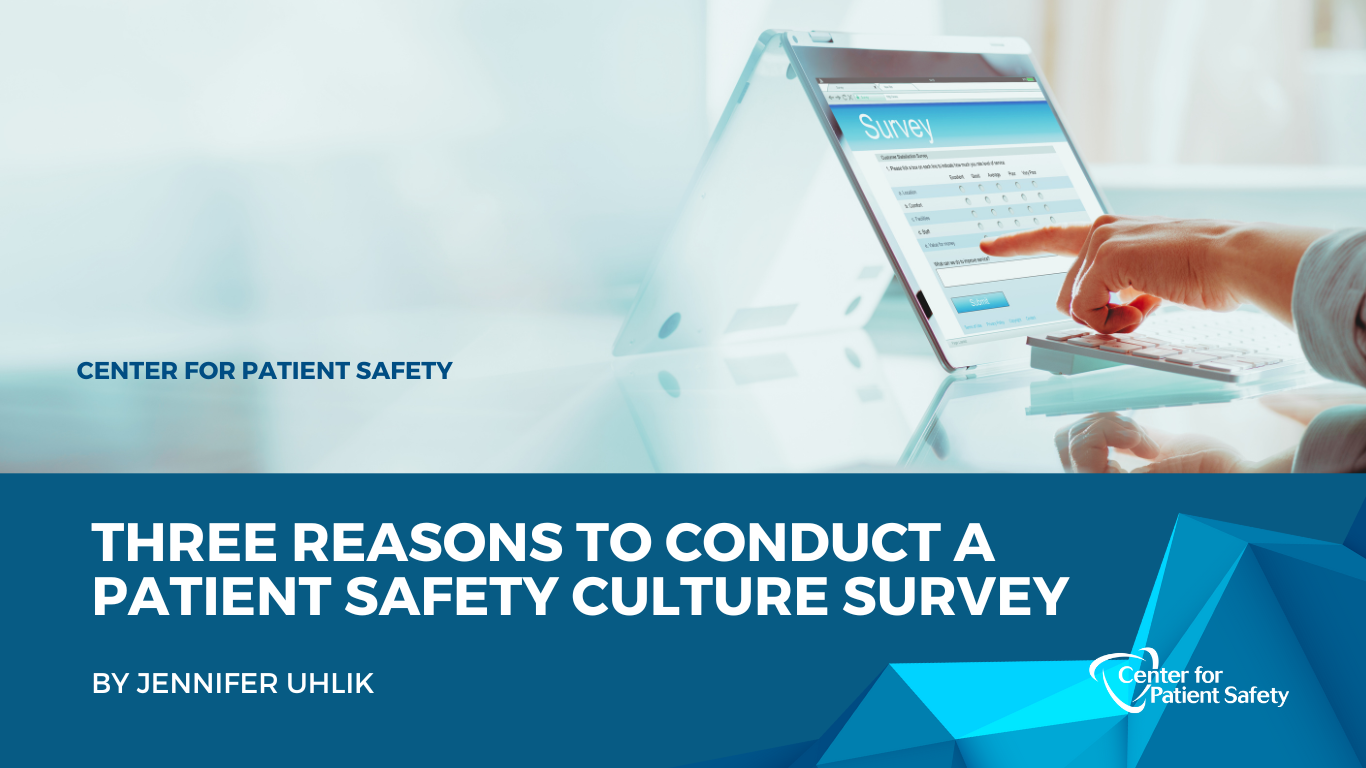1. Increase knowledge
An organization can measure its culture by using a patient safety culture survey. The survey results should be used to identify an action plan that addresses weaker areas and harnesses strengths. As a culture begins to improve, employees should feel more comfortable reporting mistakes without fear of punishment. As the reports increase, leaders and employees can use the information to learn how to proactively mitigate similar events from occurring. As learning continues, refined processes are implemented, and although event reports should continue to increase, the harm level should decrease and more near misses and unsafe conditions should be a focus. This cycle leads to better, safer patient care. Learn more about Just Culture.
2. Improve financials
In 2020, deBienassis, et al. stated "up to 15% of inpatient expenditure is consumed by treating the effects of harm that occurs during the course of medical care". Creating a stronger patient safety culture has multiple effects on an organization's financial outcomes, including better patient health outcomes, improved patient experience, improved organizational productivity, improved staff and provider satisfaction, and higher employee retention rates, to name a few.
3. Identify cultural competencies
Processes are important, but the acceptance of shortcuts can create a tolerance for process abandonment and a deterioration in safety culture. A culture evaluation can help you identify if employees think shortcuts are tolerable – or in some cases even expected. Safety culture is easier to create and sustain if hard-wired culture characteristics exist. The Center for Patient Safety can help you identify your own hard-wired cultural characteristics. You will quickly know the areas in which your organization has an opportunity to celebrate as well as areas that are potential weaknesses for your organization's sustainability.
Learn more about safety culture surveys and the evaluation of your own culture. Contact the Center for Patient Safety if you have specific culture improvement needs.

.png)